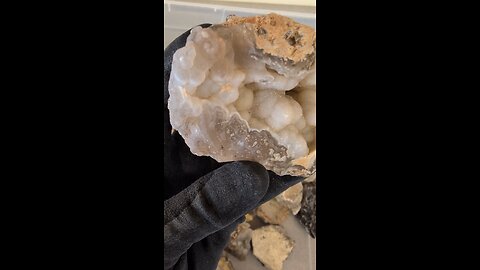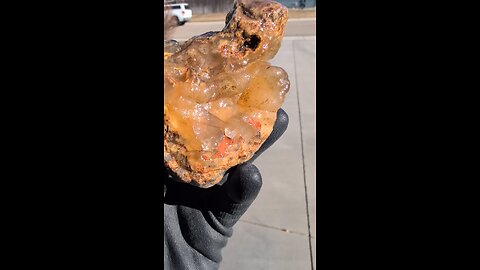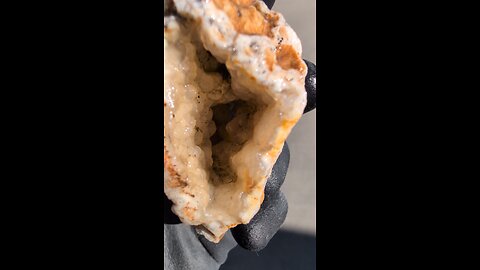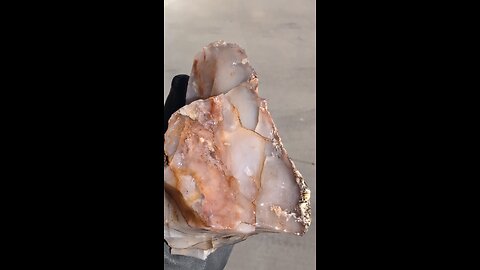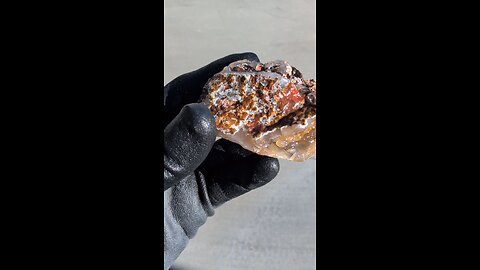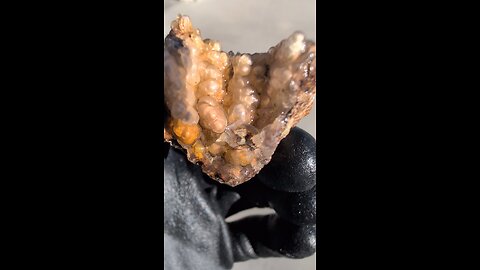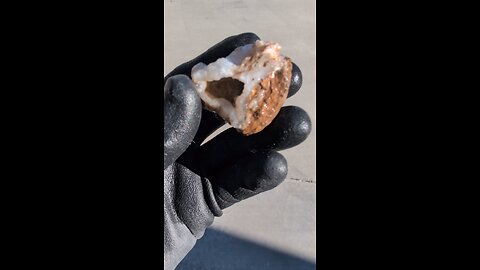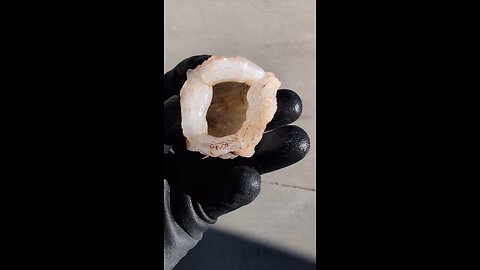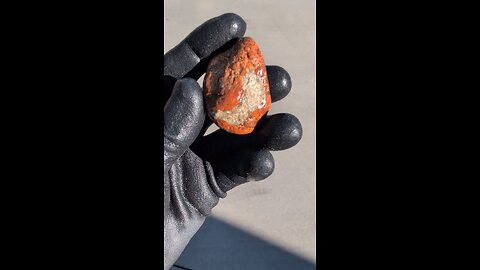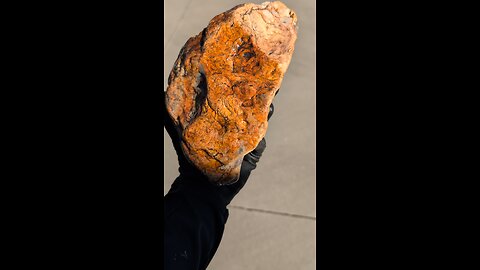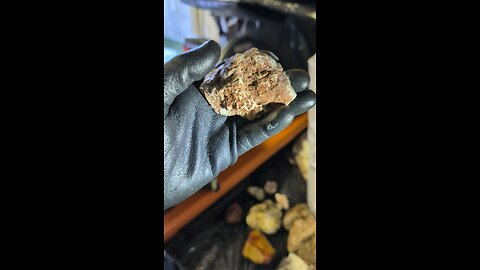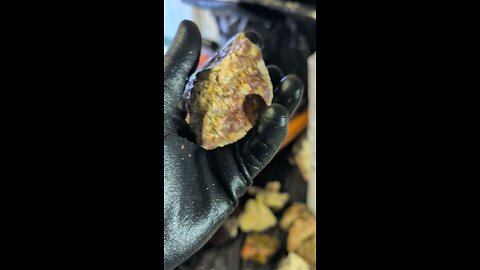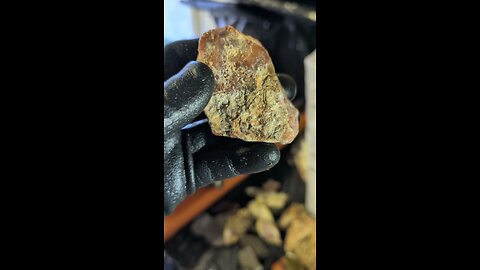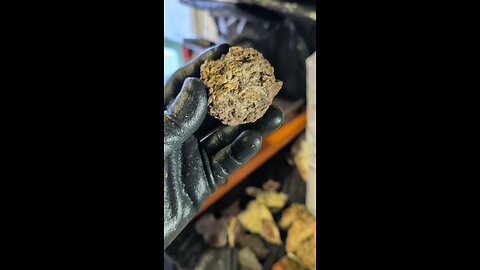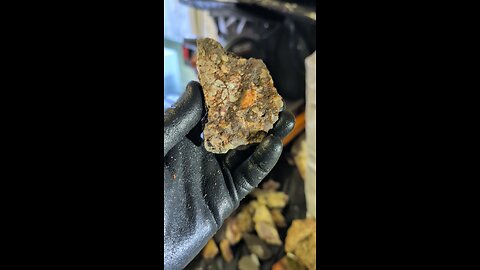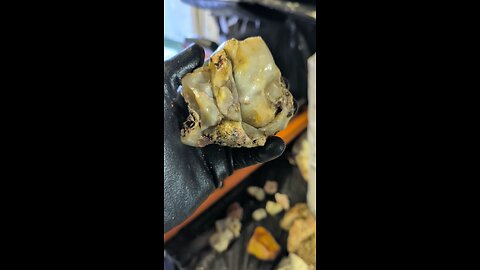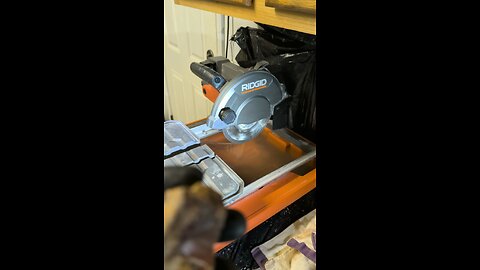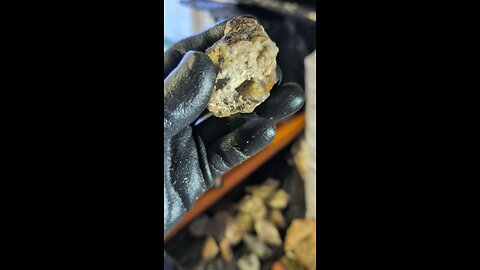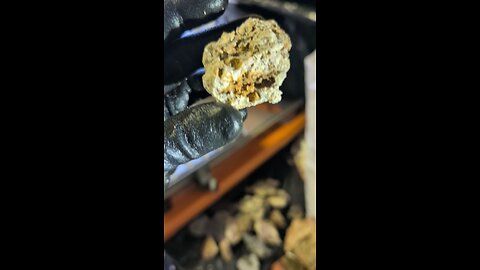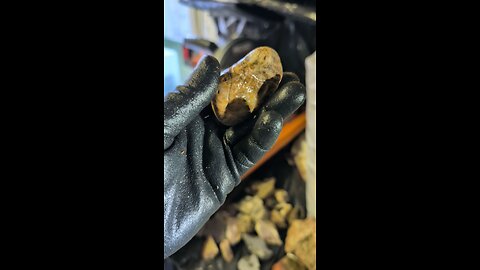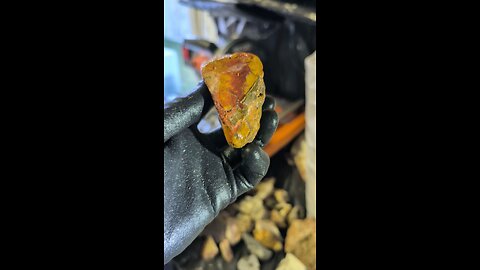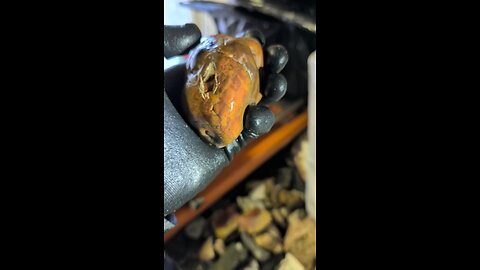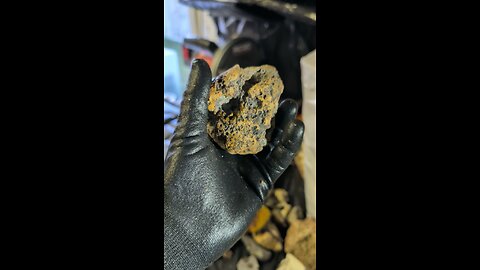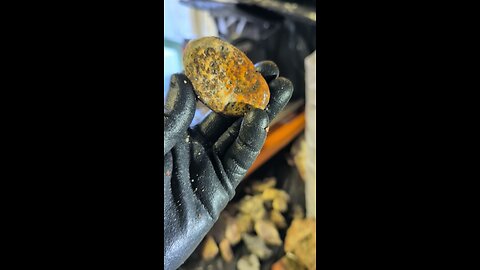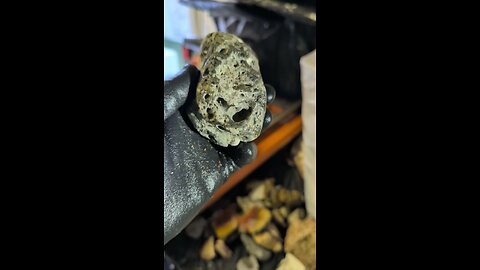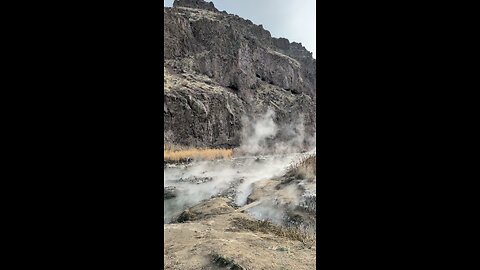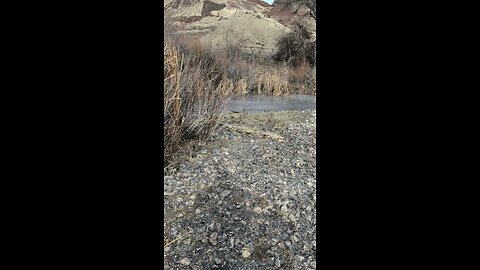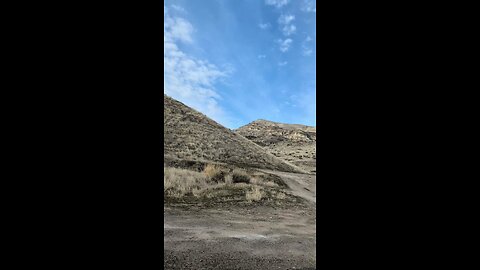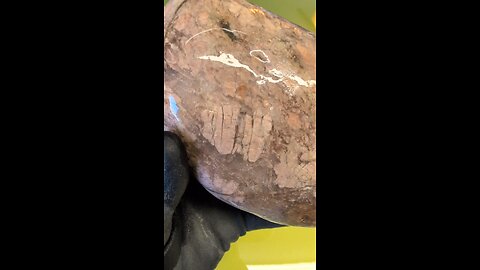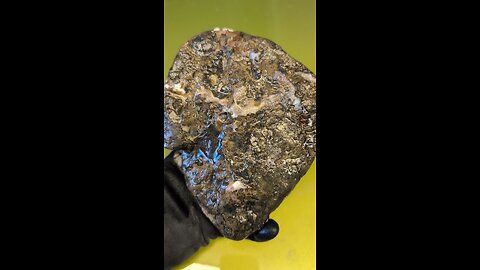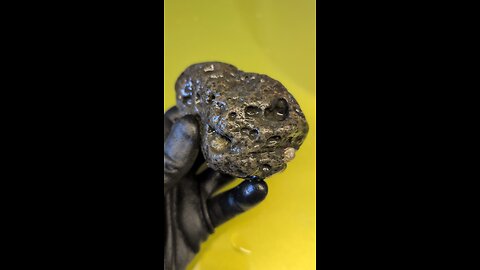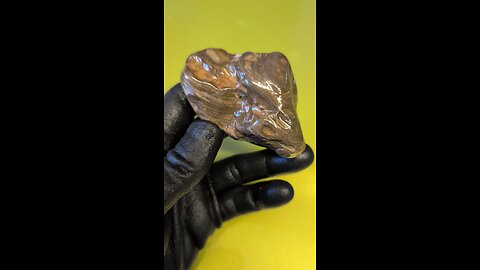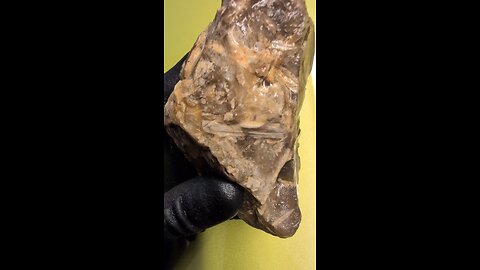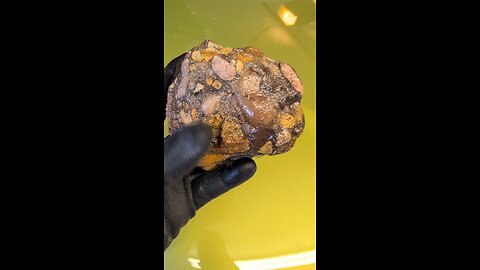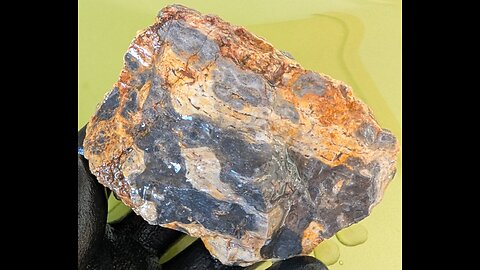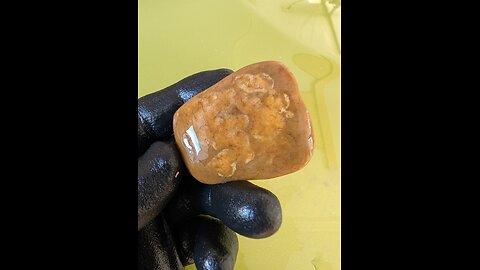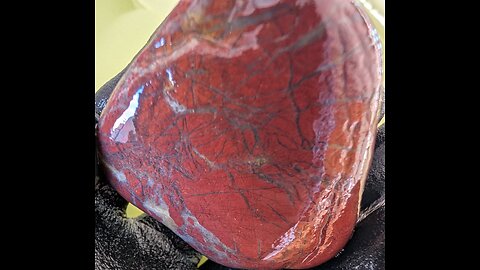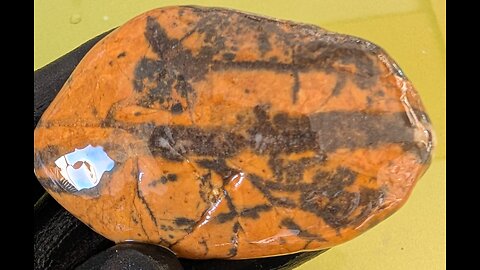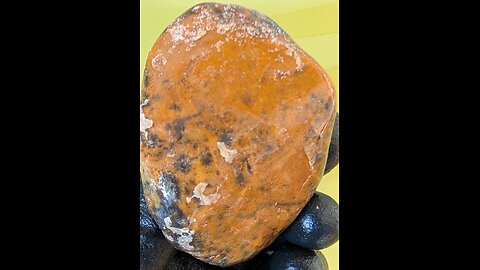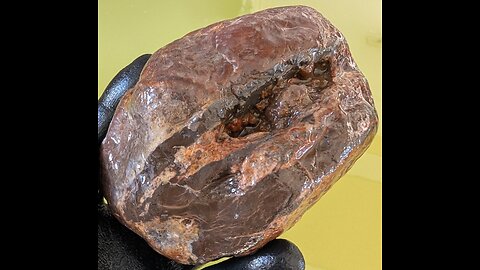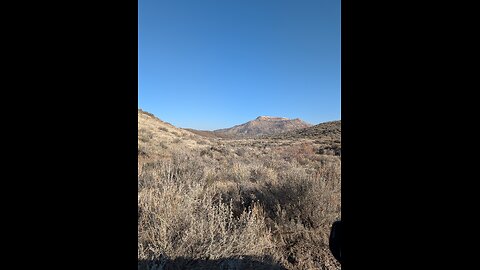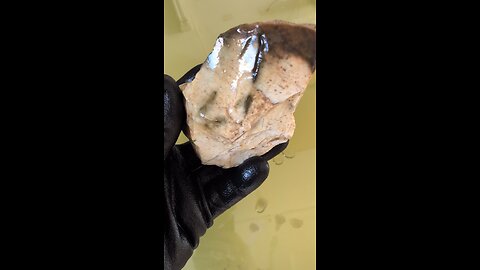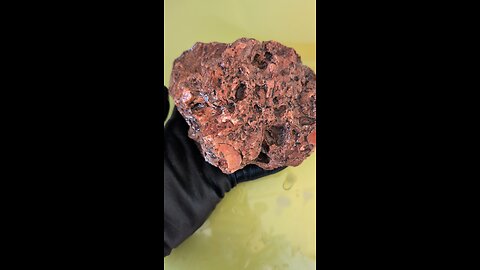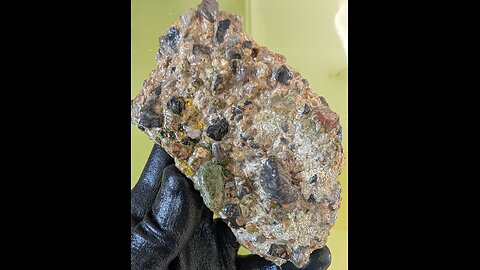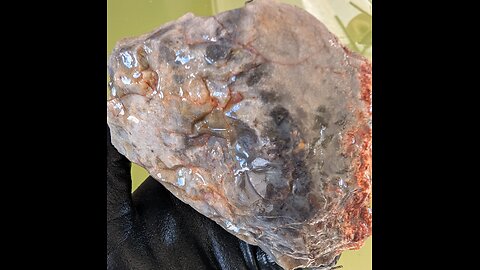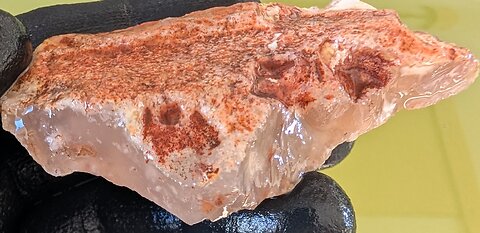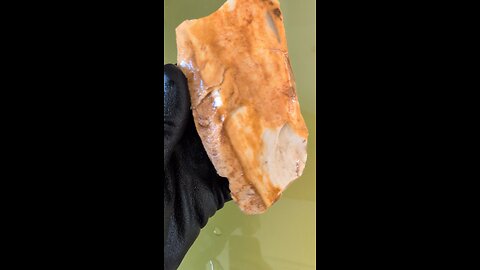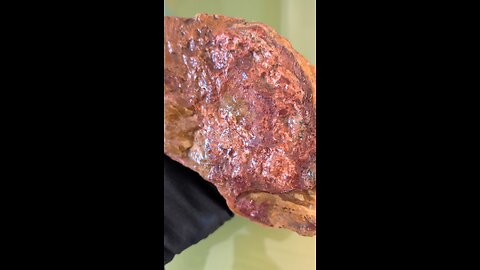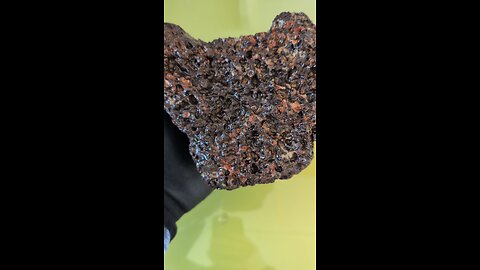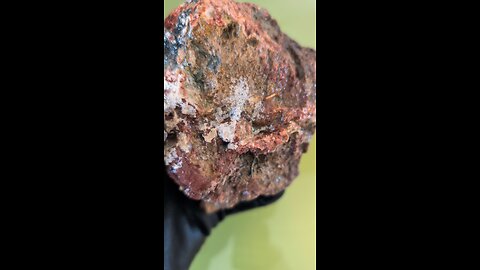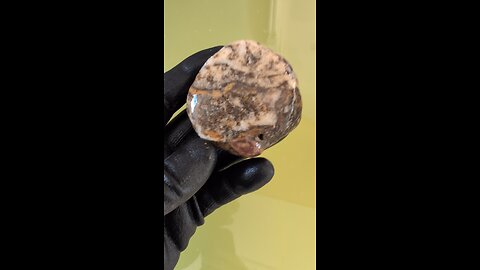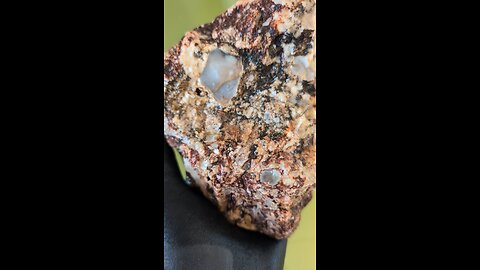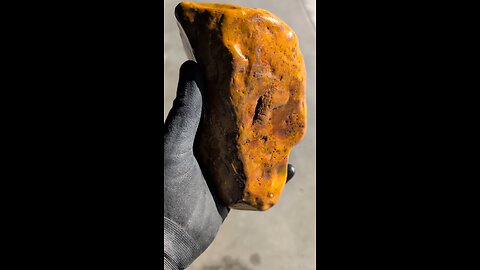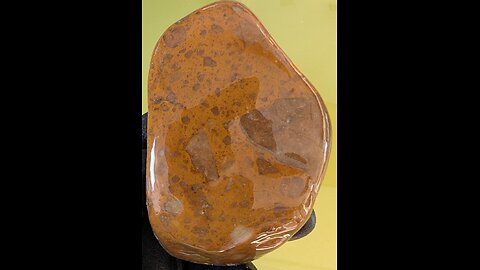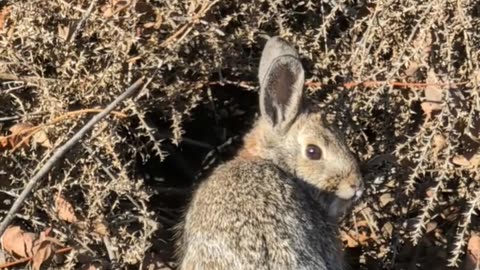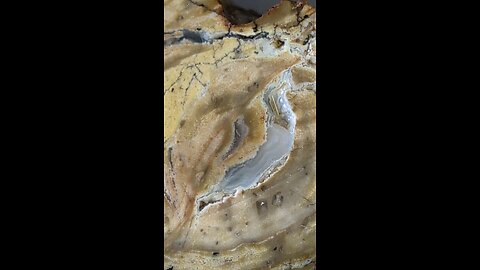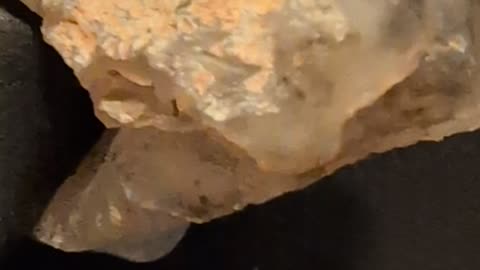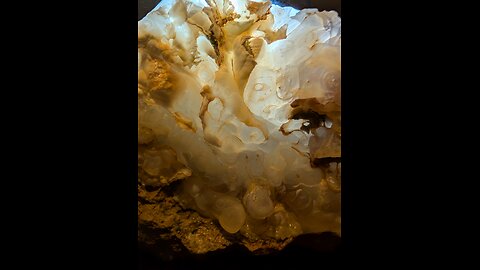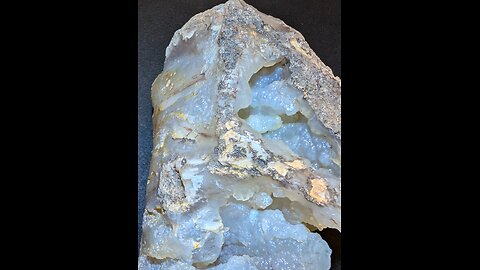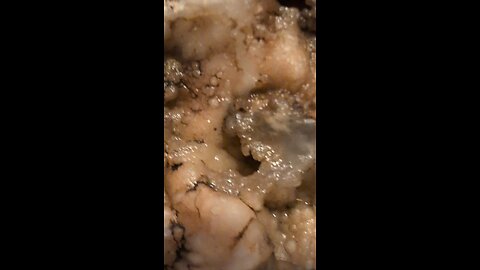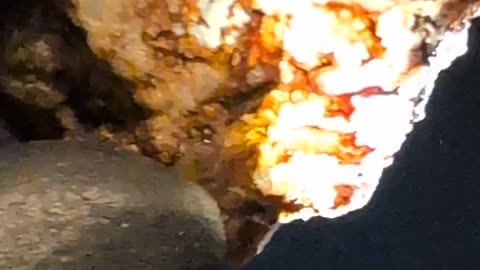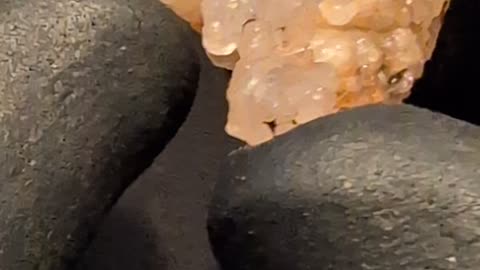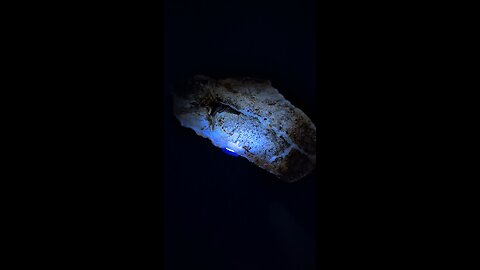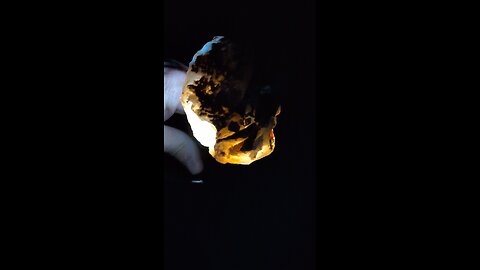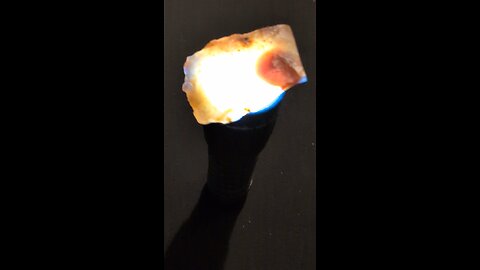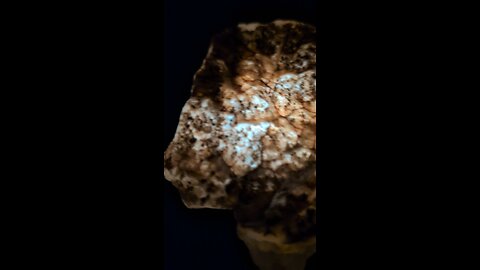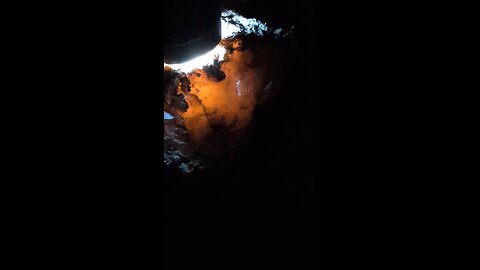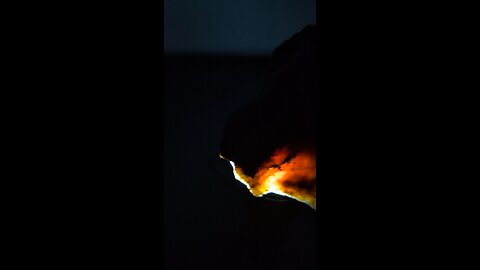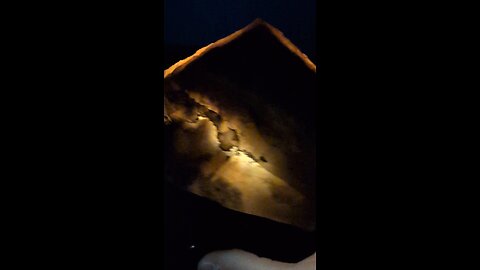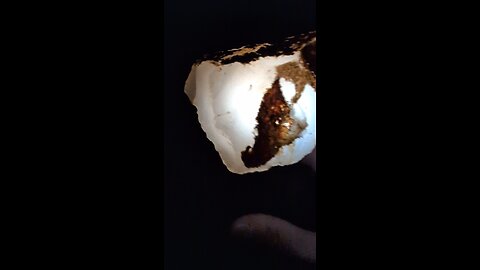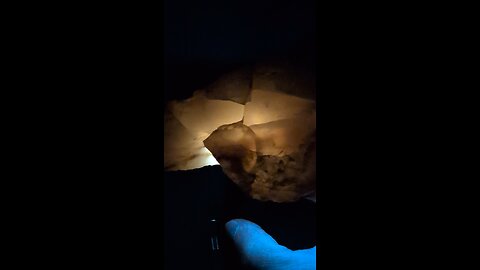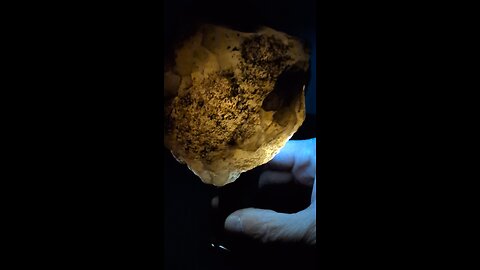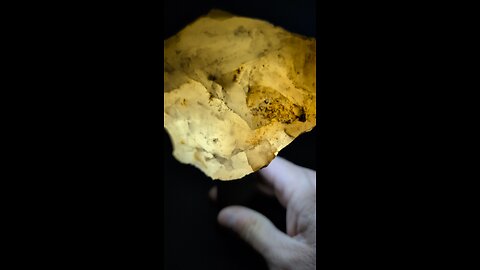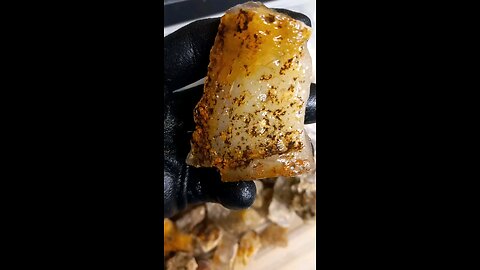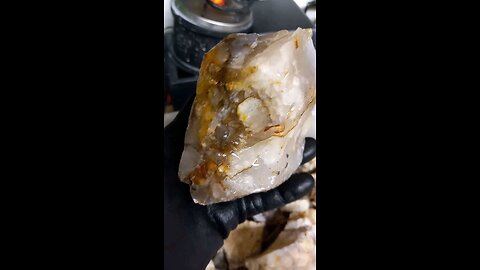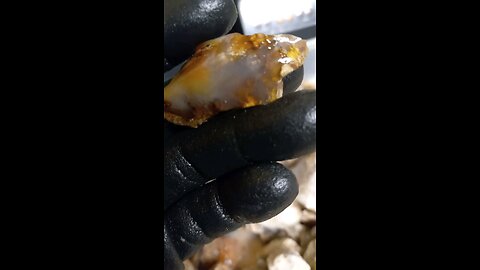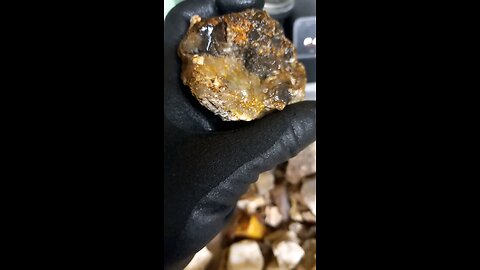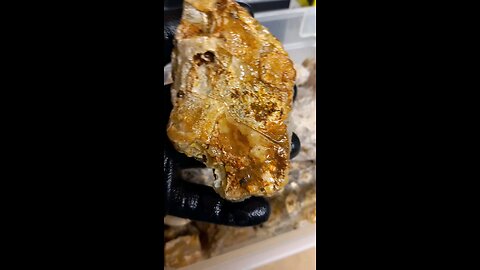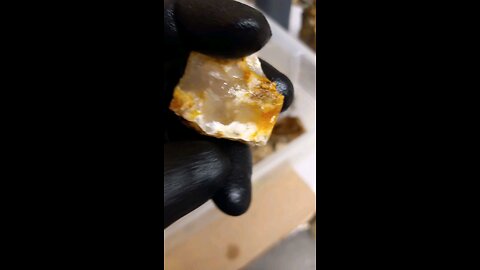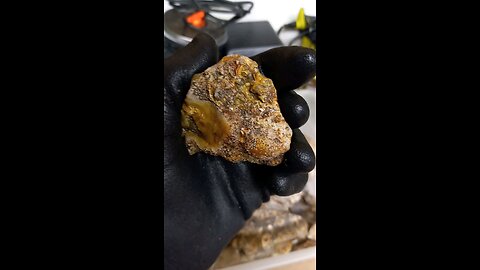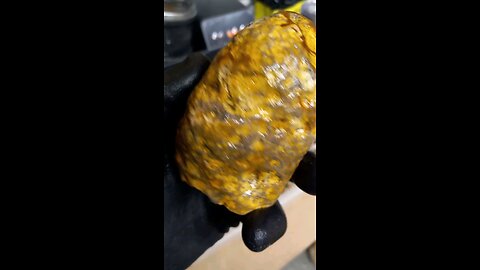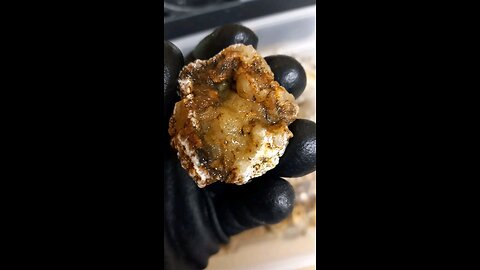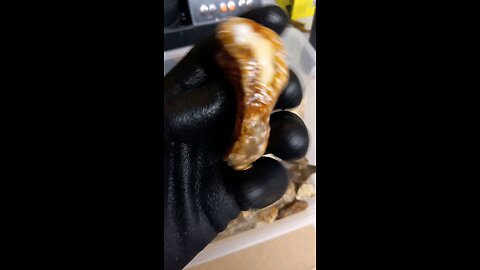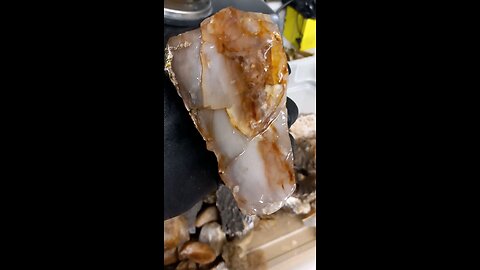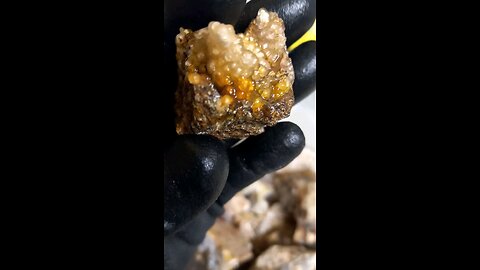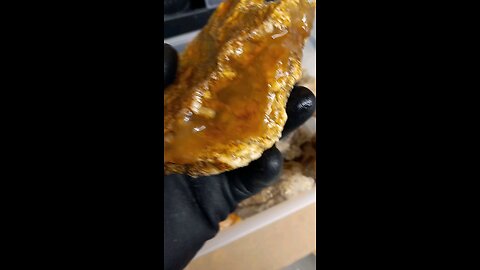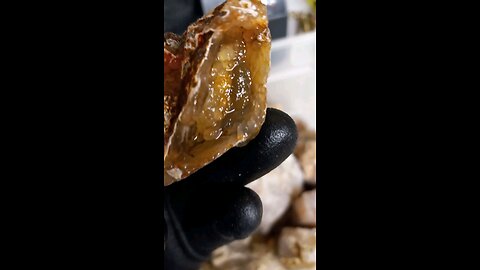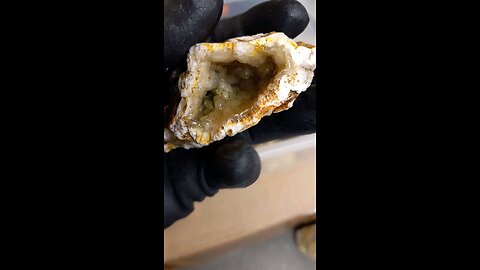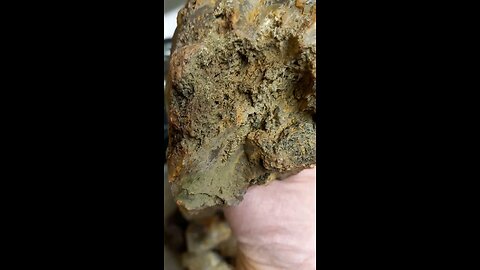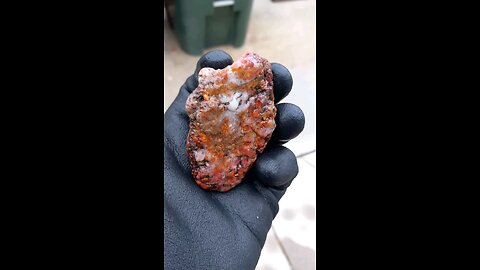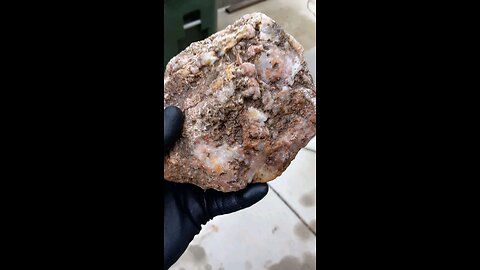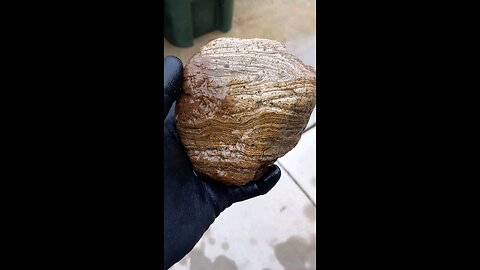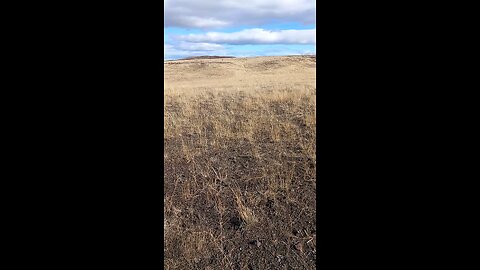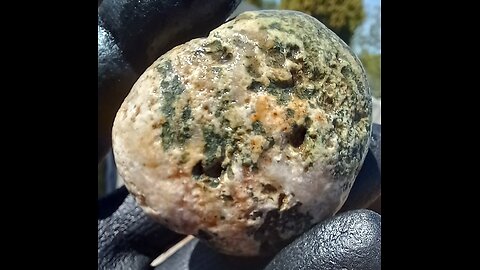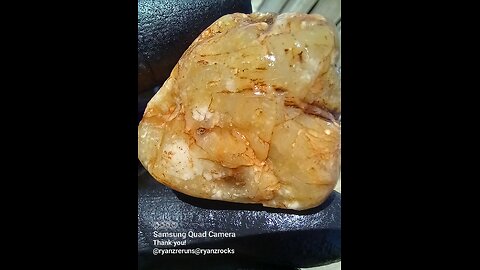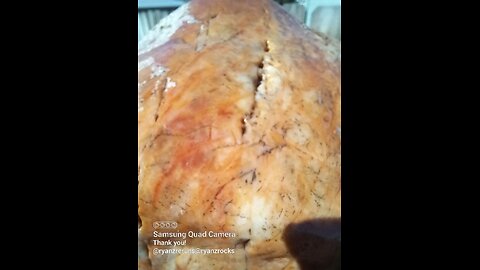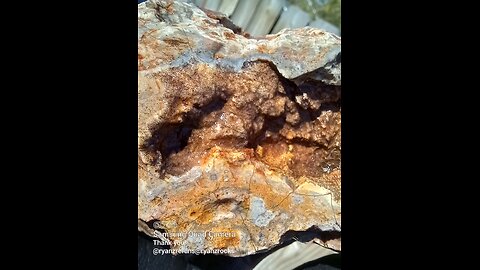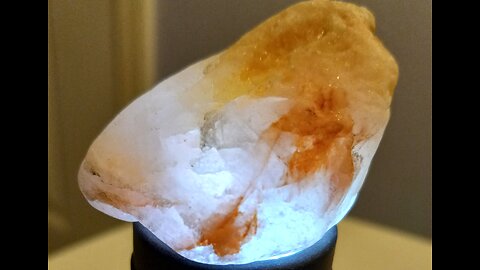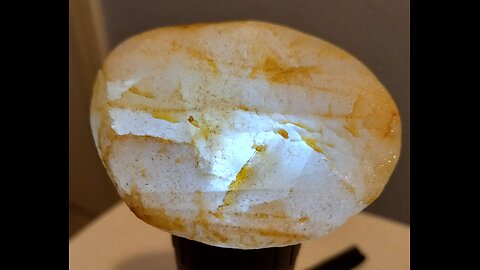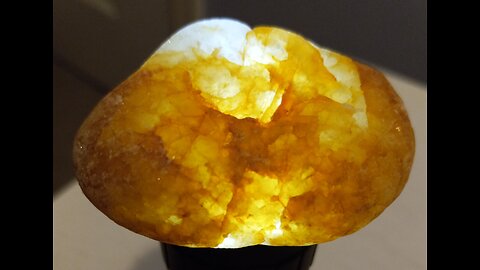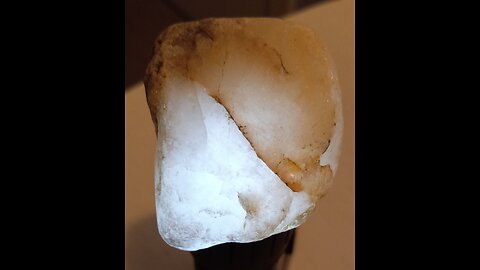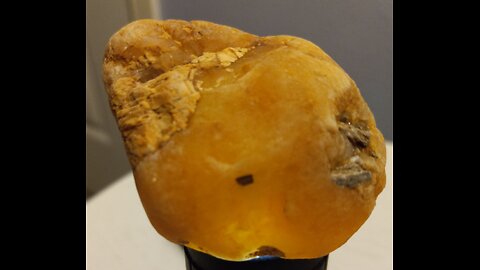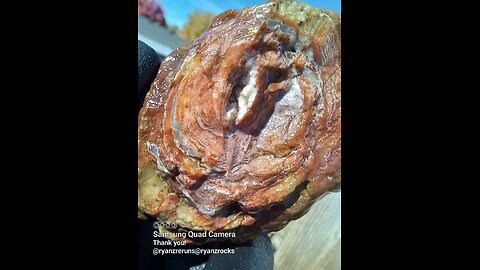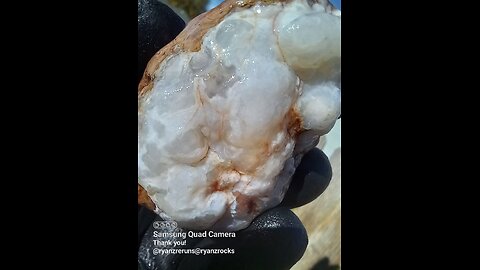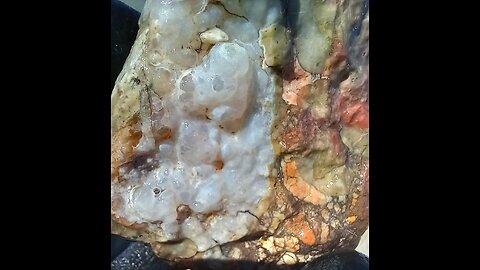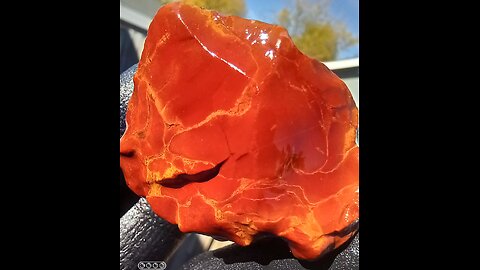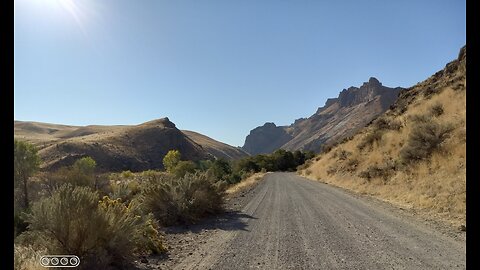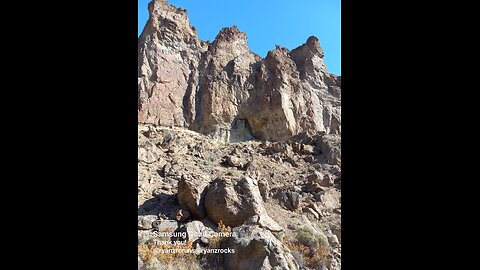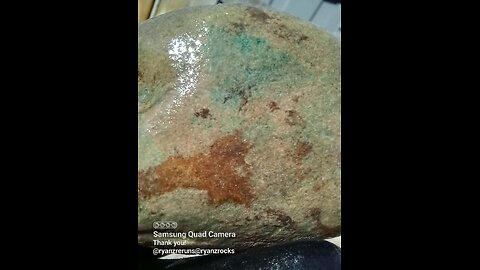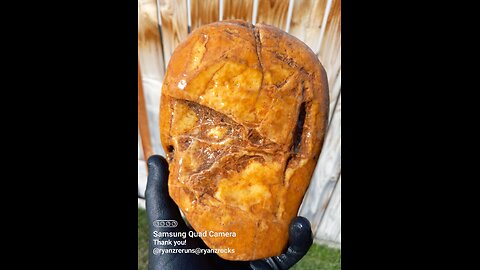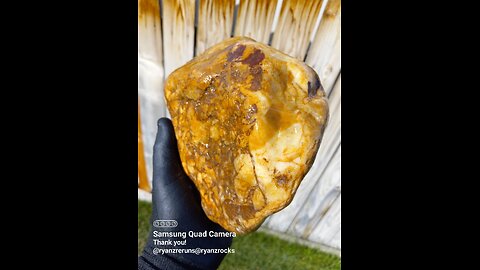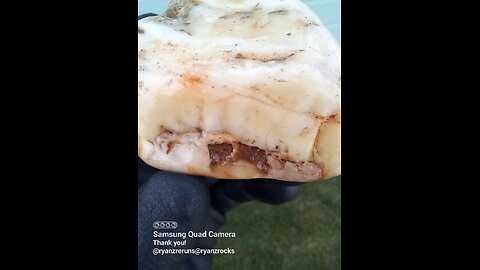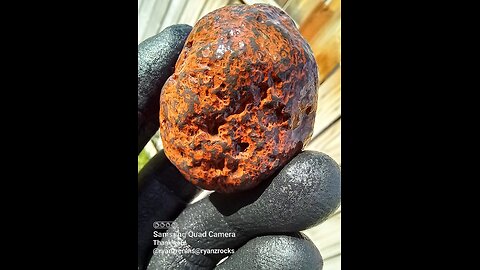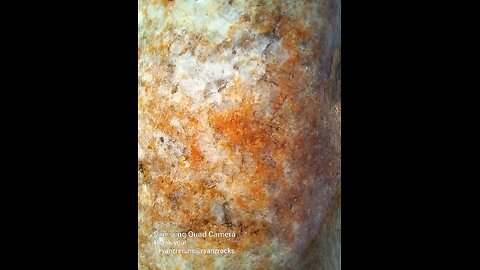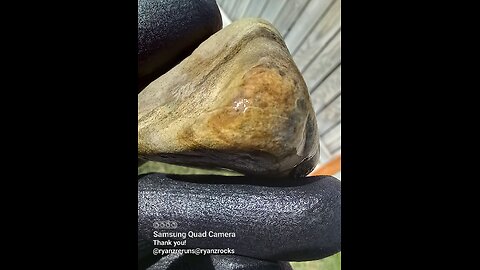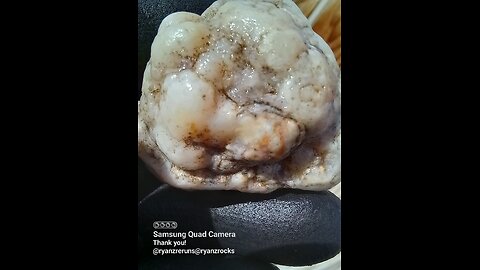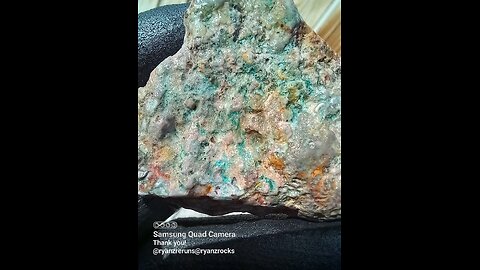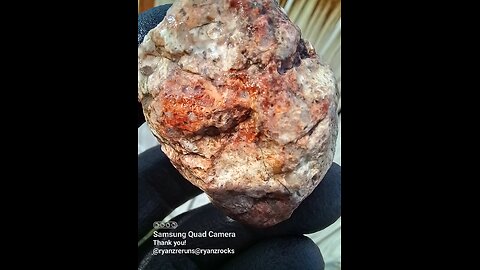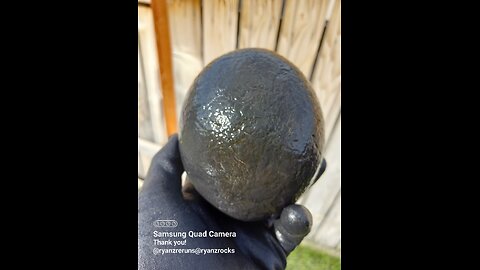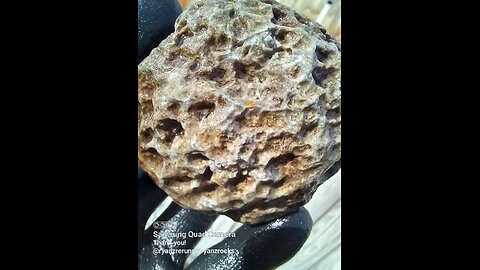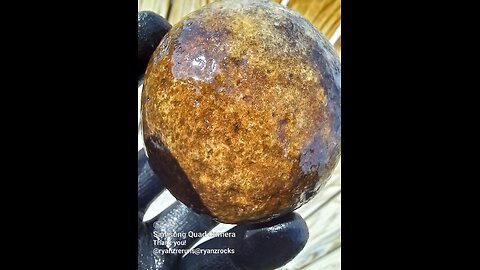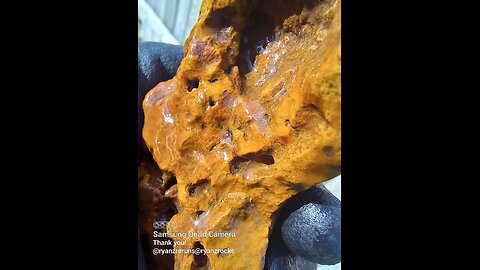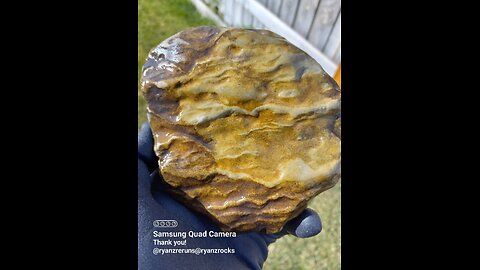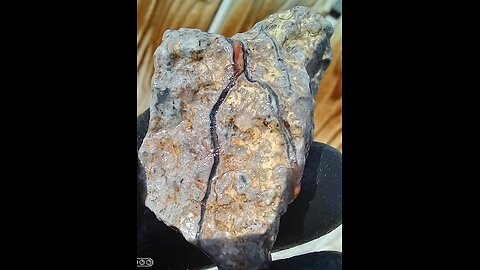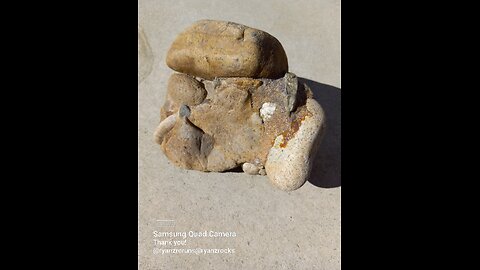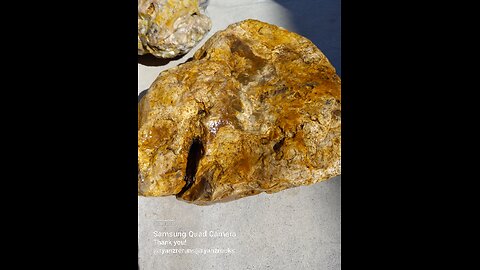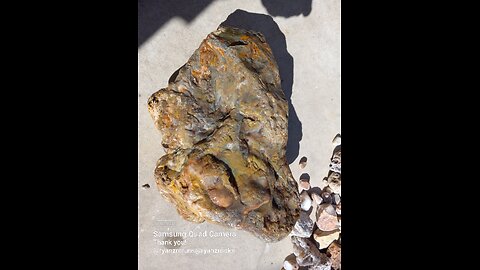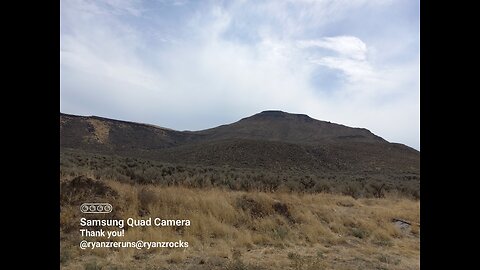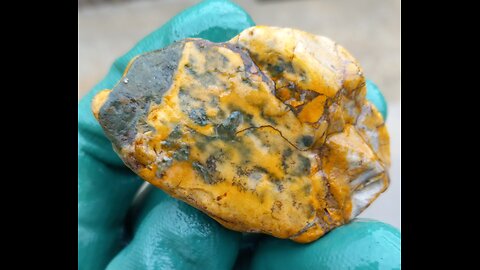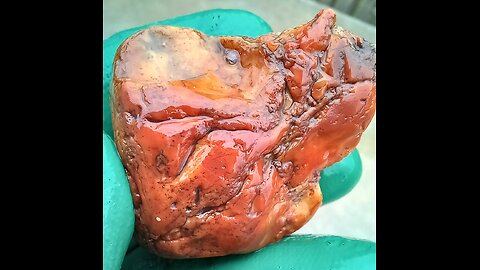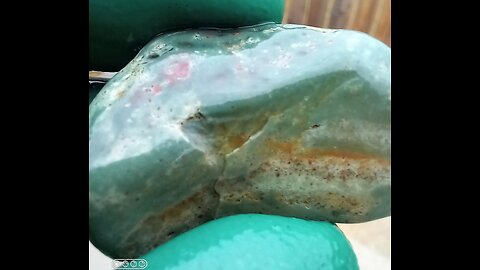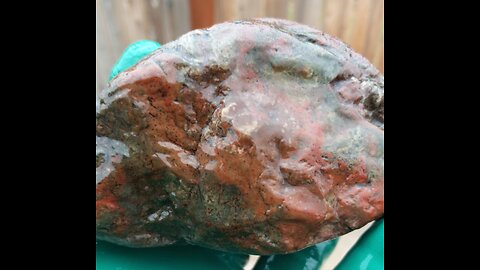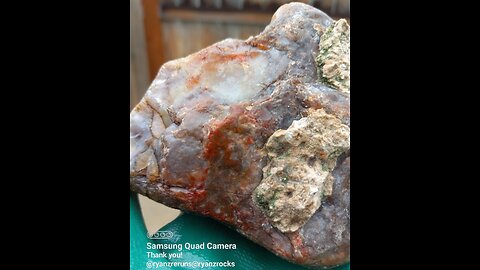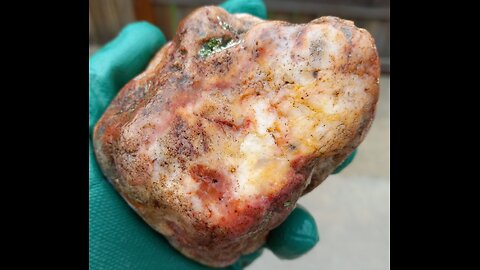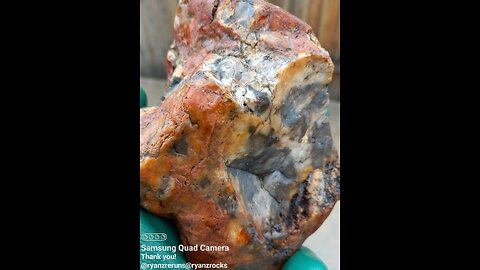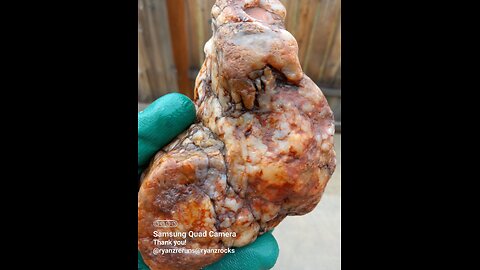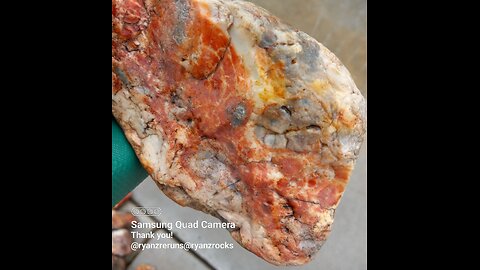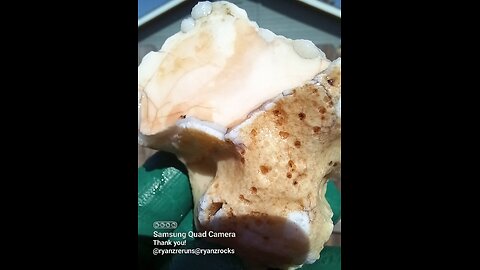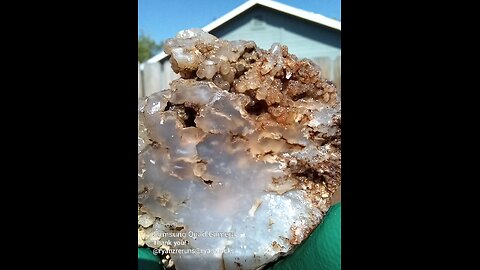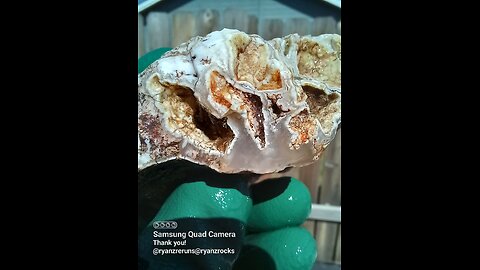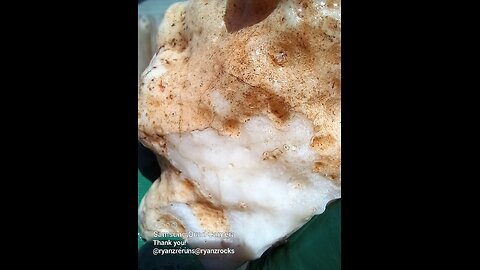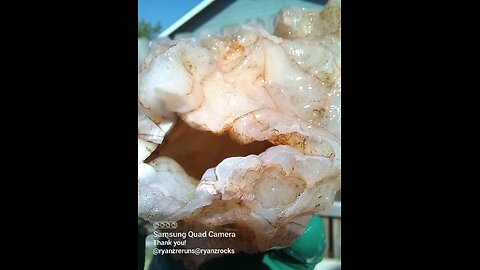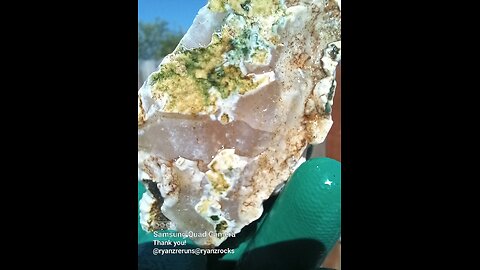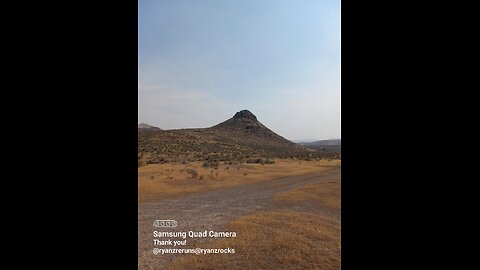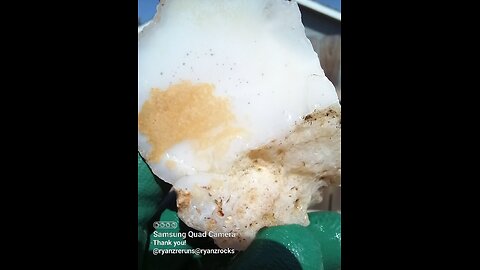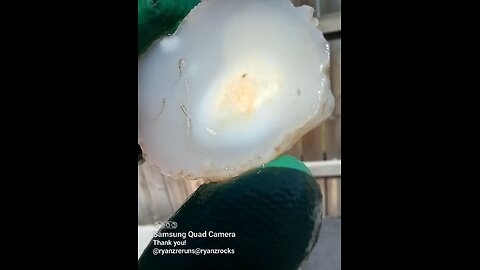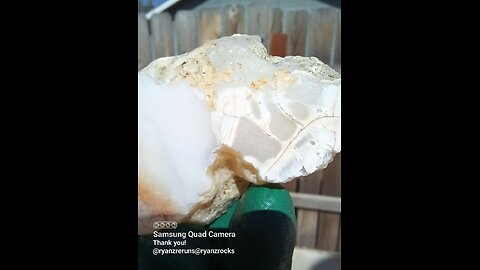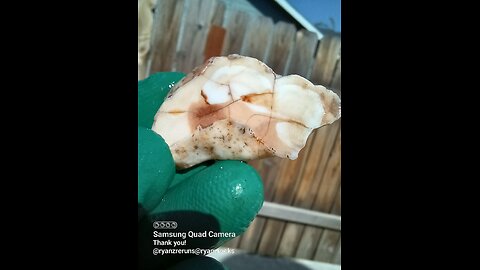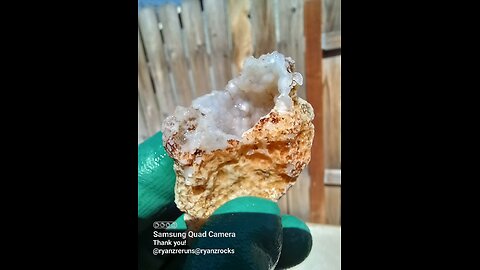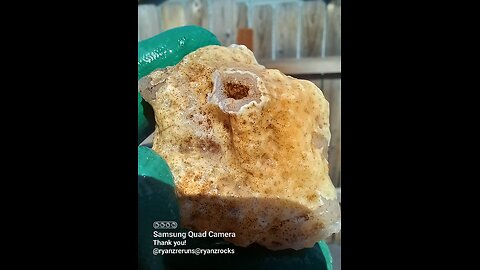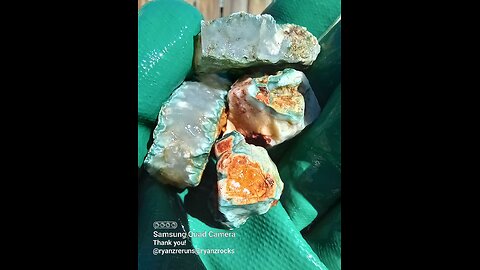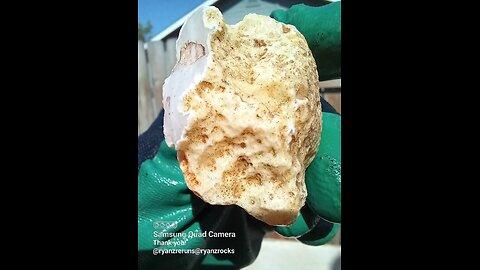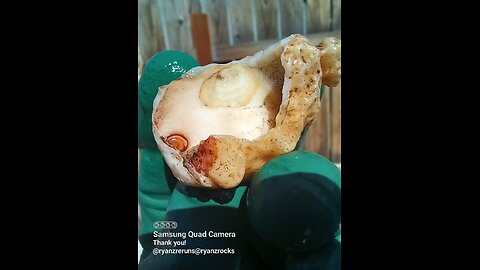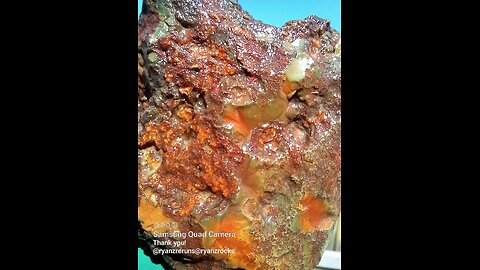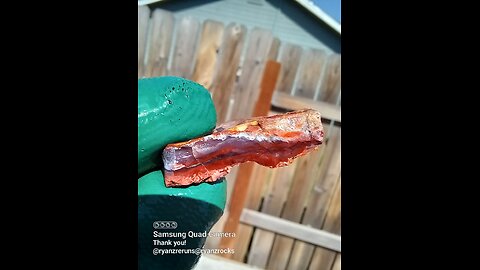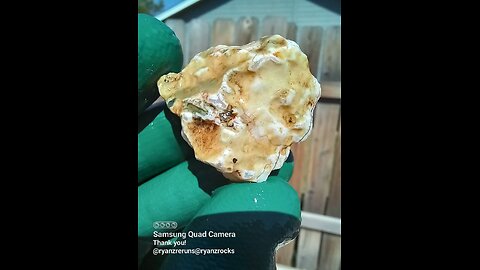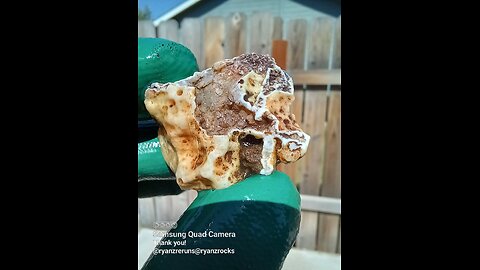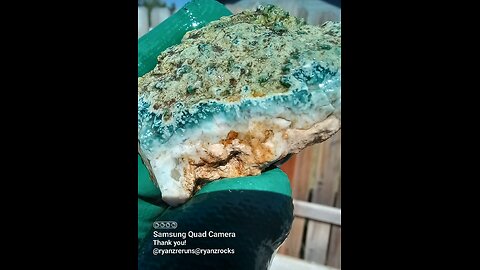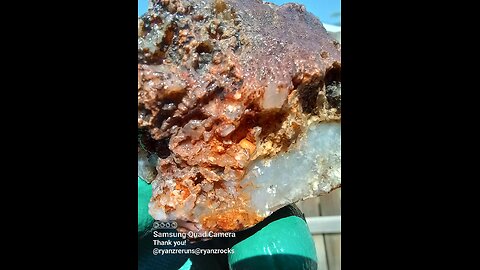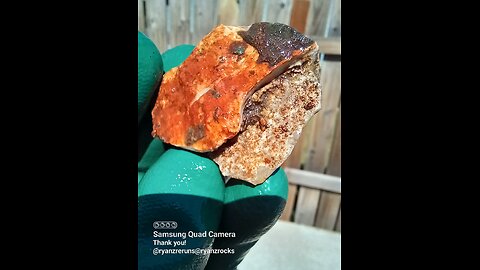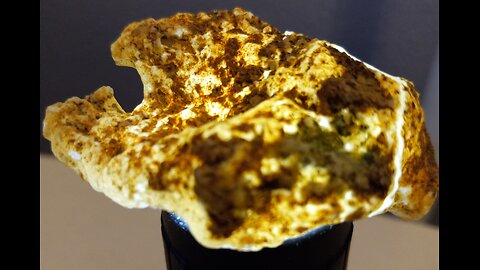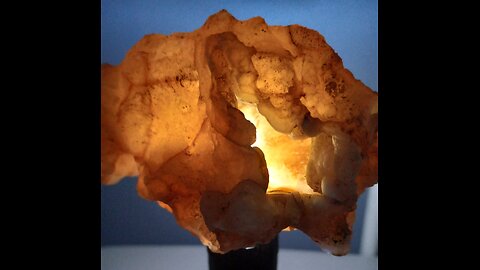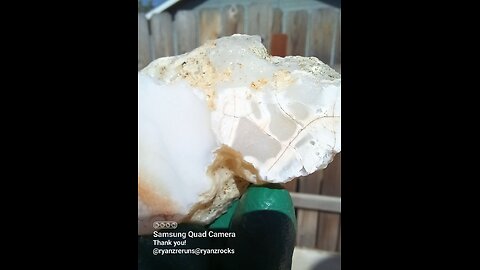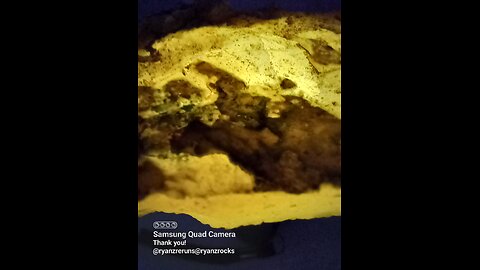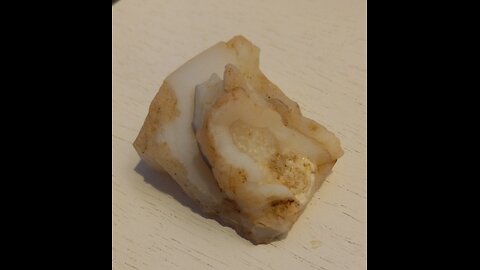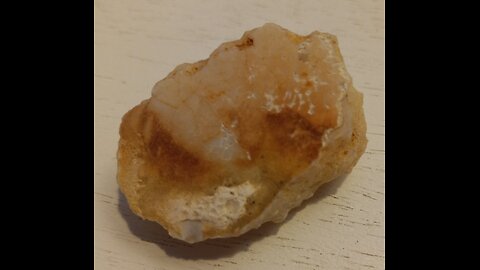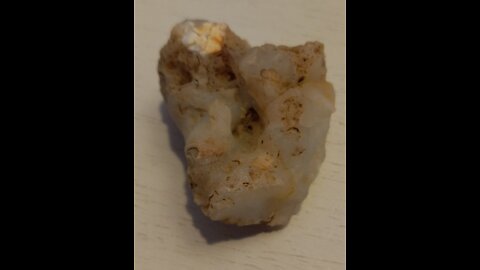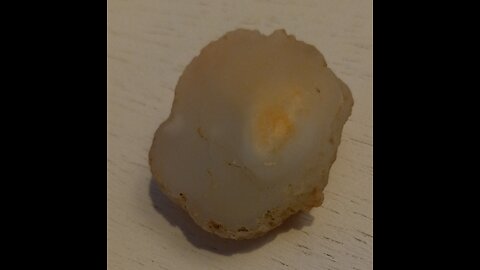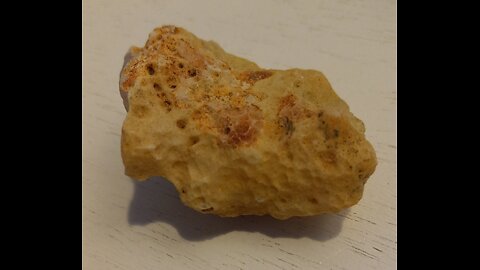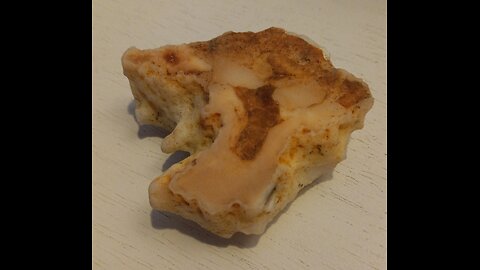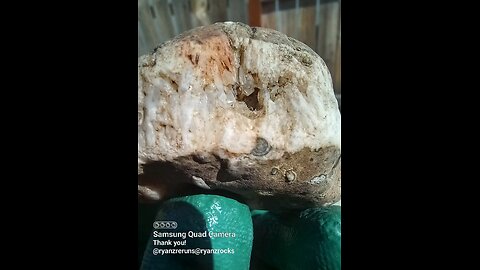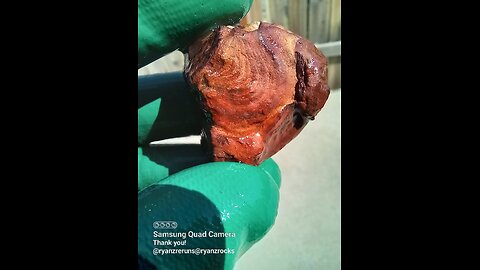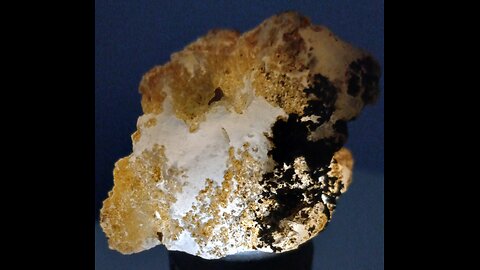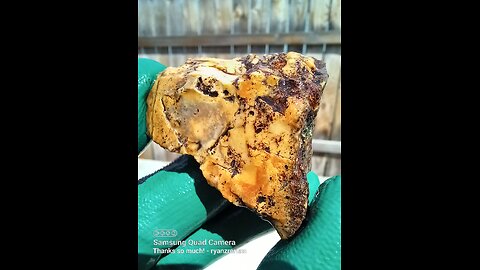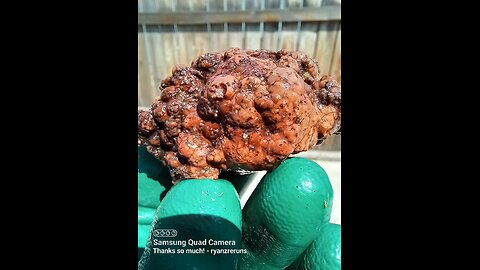Premium Only Content

Botryoidal Geode!
Botryoidal Carnelean!
Botryoidal Geode!
Big Sexy!
Botryoidal Plume Agate!
Botryoidal Formation!
Chalcedony Geode!
Geode Shot Glass!
Leopard skin Jasper!
Big Jasper!
A river runs through it!
Thunderegg Cut!
Agate Cut!
Fossiliferous Limestone Cut!
Breccia!
Agate Cut!
Beautiful Agate Cut!
Ooids inside!
Travertine Cut!
Agate Stone Cut!
Brecciated Jasper Cut!
Jasper Cut!
Agate Nodule Cut!
Leopard skin Jasper Cut!
Green Tint Basalt Cut!
Cold Rockhunt in a Hot Springs!
Snively Gulch!
Roadcut Snively Gulch!
Agate n' Brecciated Jasper!
Hot mess of Conglomerate!
Basalt Lavarock!
Jasper w/iron inclusions!
Big Daddy!
Chalcedony Chunk!
Fruity Pebbles Conglomerate!
Ironstone banding!
Quartzite w/patterns!
Brecciated Red Jasper!
Breccia!
My BFFs a BIF!
Blob o' Jasper!
Walkin' a wash!
Soapstone!
Breccia!
Conglomerate!
Jasper chunk!
Plume agate!
Jasper!
Jasper chunk!
Lavarock!
Breccia!
Red eye!
Interesting chunk o' Jasper!
Can't wait to cut this one!
Yellow Jasper!
Bruneau Jasper!
Out rockhoundin' the other daaaayie...
Thunderegg Inspection!
Plume botryoidal chalcedony nugget!
Plume slice!
Botryoidal slice!
Plume agate inspection!
Plume flow!
Botryoidal Chalcedony Nugget!
Playing with color!
Plume chunk glow!
Red dot glow slice!
Glow plume!
Carnelean Glow!
Jasper glow!
Glow Plume!
Plume chunk glow!
Slab o' Plume Glow!
Glow chunk!
Plume agate glow!
The green caught my eye!
Square geode!
Big ol' chunk!
Beautiful dark opal!
Hot Botryoidal Mess!
Plume agate!
A Bit o' Honey Plume Agate!
Brecciated jasper!
Plume agate!
Alien egg!
Half of a geode!
It's curved!
Plume Agate!
Botryoidal formations!
Carnelian sandwich!
Broken geode!
This half survived Monther Nature!
Plume agate!
Beautiful Colors!
Jasper, Chalcedony, Opal & ???
Cool Banding!
Rockhunting at Graveyard Point!
Botryoidal chalcedony!
Wash walkin'
Dark green metamorphic!
Pretty Orangey & Yella Quartzite!
Chalcedony Nodule!
Big Daddy Agate!
Reds!
Agate Chunk!
Beautiful Glow Quartz!
Iron Stained Quartz!
Yellow Agate Nodule!
White Iron Stained Quartz!
White Quartz!
Iron Stained Quartz!
Pretty Yellow Glow Nodule!
Thunderegg!
Half a Thunderegg w/Opal!
Botryoital Opal w/ A Little of Everything!
Pretty Red Jasper!
Succor Creek Canyon, OR.
Watch for Rocks!
Greens & Browns!
Big ol' nodule!
Hot Mess of agates!
White/Yellow Chalcedony!
Nodule w/ reds!
Spud 4!!!
Green Sandstone!
Botryoidal chalcedony!
Pretty greens!
Pretty red agates nodule!
Another nodule with reds!
Dinosaur Egg!
Into the "to be cut" box!
Geode?
Molten Sandstone?
Red!
Sandstone!
Example of minerals seeping into rocks!
Rockhounding near Mitchell Butte, OR
Love the Green!
Spud!
Chalcedony or Opal?
Mish Mash of Agate!
Shard of Agate!
Bright Red Agate!
Bright Green Agate!
Rusty Red Agate!
Colorful Agate!
Limestone!
Beautiful Reds! Jellybean Agate!
Jellybean Agate!
Definitely cut this one!
Colorful Jellybean Agate!
Big ol' Colorful Chuck of Agate!
Took forever to cut this one!
Thought this Thunderegg would be hollow!
Time to cut!
Green & White Chalcedony!
It's hollow!
Pretty green!
Glow cave!
My BFFs a BIF!
A banded iron formation (BIF) is a type of sedimentary rock characterized by alternating layers or bands of iron oxides and iron-poor chert (a type of fine-grained silica). Here's a detailed explanation:
Formation: Banded iron formations are thought to have formed in ancient seas where there were significant changes in oxygen levels. They date back to the Precambrian era, particularly during the Archean and Proterozoic periods, around 2.5 to 1.8 billion years ago. The process involves the precipitation of iron and silica from seawater, which was rich in dissolved iron under the anoxic (low oxygen) conditions of the early Earth's oceans.
Composition: These formations typically consist of layers of iron oxides like hematite (Fe₂O₃) or magnetite (Fe₃O₄), alternating with layers of chert. The iron layers are usually darker, while the chert layers are lighter, creating the characteristic banding.
Significance: BIFs are significant for several reasons:
Geological History: They provide evidence of the Earth's early oxygenation events, particularly the Great Oxidation Event, where oxygen began to accumulate in the atmosphere.
Economic Importance: They are major sources of iron ore, which is crucial for steel production. The iron extracted from these formations has been vital for industrial development.
Scientific Research: They offer insights into the history of Earth's climate, ocean chemistry, and the evolution of life, as the oxygenation of the atmosphere is linked to the rise of photosynthetic organisms.
Appearance: Visually, banded iron formations are quite striking with their distinct banding, which can range from millimeter to meter scale. The bands often show a clear contrast in color, with reds, browns, and blacks from the iron oxides and whites or light grays from the chert.
Locations: Some of the most famous and well-studied banded iron formations are found in regions like the Hamersley Range in Western Australia, the Lake Superior region in North America, and the Transvaal Supergroup in South Africa.
-
 LIVE
LIVE
The Dana Show with Dana Loesch
1 hour agoTRUMP IMPOSES TARIFFS ON IMPORTS FROM CANADA, CHINA & MEXICO | The Dana Show LIVE On Rumble!
548 watching -
 LIVE
LIVE
Major League Fishing
5 days agoLIVE! - Bass Pro Tour: Stage 1 - Day 4
126 watching -
 59:38
59:38
The Dan Bongino Show
5 hours agoTrump Is Setting The Old World Order Ablaze (Ep. 2414) - 02/03/2025
506K631 -
 1:02:10
1:02:10
The Rubin Report
2 hours agoJD Vance Makes Host Go Quiet with This Brutal Warning for These Major Countries
64.6K48 -
 2:00:51
2:00:51
Steven Crowder
4 hours agoWhy Trump & America Will Dominate the Global Trade War
347K189 -
 DVR
DVR
vivafrei
16 hours agoLive with "Bitcoin Jesus" Roger Ver - the Indictment, Law-Fare and the War on Crypto
84.4K8 -
 DVR
DVR
Bannons War Room
1 year agoWarRoom Live
111M -
 1:30:18
1:30:18
Caleb Hammer
2 hours agoProfessional Redditor Treats His Wife Like A Pet | Financial Audit
25.4K2 -
 36:07
36:07
Rethinking the Dollar
2 hours agoTit-for-Tat Trade Wars: Why Gold Is Still Winning (Trade Wars Hurt Your Money!)
16K1 -
 56:02
56:02
Randi Hipper
3 hours agoBITCOIN AT CRITICAL LEVELS AS MARKET CRASHES! LATEST PRICE UPDATE HERE
29.7K2
